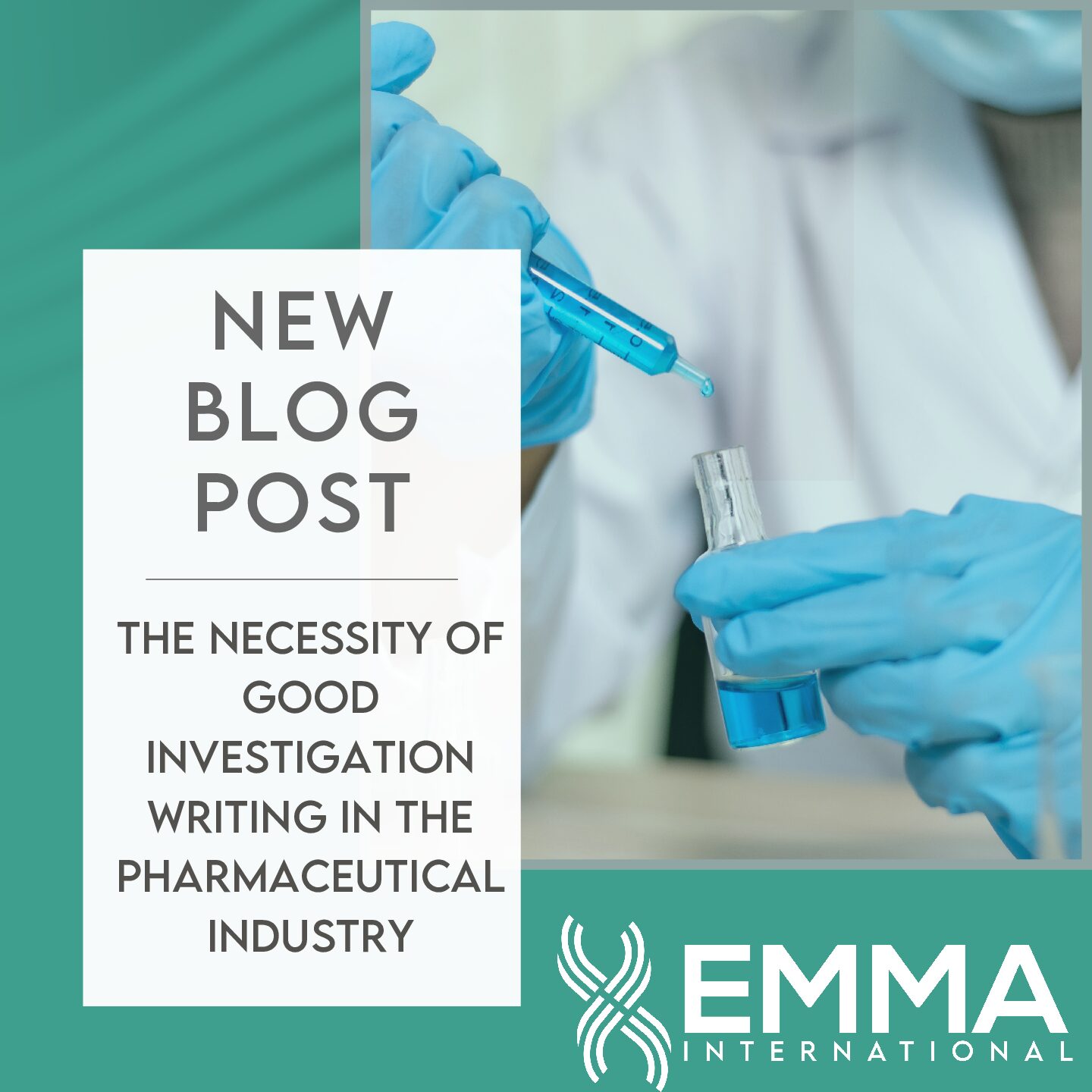Most of the common medical devices that are utilized multiple times throughout their lifespan, must be properly sterilized in between uses. There are a variety of methodologies that have been deployed to sterilize these medical devices such as moist heat (steam), dry heat, radiation, ethylene oxide gas, vaporized hydrogen peroxide, chlorine dioxide gas, vaporized peracetic acid, nitrogen dioxide, etc. [1]. Depending on what the medical device is constructed out of, differing sterilization methods need to be accounted for to minimize the risk of damaging the device.
Currently, one of the most commonly deployed and best sterilization methods is the utilization of ethylene oxide gas (EtO). It is estimated that it currently sterilizes roughly 50% of all medical devices in the U.S. while also not being as damaging as other methodologies are to the medical device materials [1]. Since this sterilization method utilizes a gas, it works significantly better on multiple layered packaging / devices as it can get into hard-to-reach places. However, due to its chemical properties, it is regulated by the EPA under the Clean Air Act.
In 2019, the FDA opened two separate challenges in an attempt to; (1) identify new sterilization methods and technologies [2], (2) reduce ethylene oxide emissions [3]. A multitude of companies, large and small, participated in these challenges to optimize current sterilization methods or develop new ones. The FDA is always progressing the ways in which we keep our medical devices safe and sterilized.
If you need help understanding the regulations and rules for your medical devices for FDA compliance, the team of experts at EMMA International can help! Contact us today at info@emmainternational.com or by calling 248-987-4497.
[1] FDA. (2023, April 11). Sterilization for Medical Devices. U.S. Food and Drug Administration. https://www.fda.gov/medical-devices/general-hospital-devices-and-supplies/sterilization-medical-devices
[2] FDA. (2023, November 25). FDA Innovation Challenge 1: Identify New Sterilization Methods and Technologies. U.S. Food and Drug Administration. https://www.fda.gov/medical-devices/general-hospital-devices-and-supplies/fda-innovation-challenge-1-identify-new-sterilization-methods-and-technologies [3] FDA. (2023, November 25). FDA Innovation Challenge 2: Reduce Ethylene Oxide Emissions. U.S. Food and Drug Administration. https://www.fda.gov/medical-devices/general-hospital-devices-and-supplies/fda-innovation-challenge-2-reduce-ethylene-oxide-emissions





